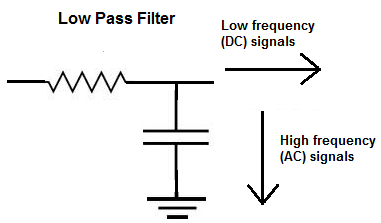Miguelón
Major Contributor
I’m interested on your opinions about volume analogue controls, specifically passive, partially because lots of comments at Thomann website about the change of tonality added by monitor controllers, but also some personal perceptions.
My experience (psychological or physical, but I lack of proper instruments to measure):
- I had at same time one Genelec G Three (B) and one Genelec 8030C active monitors and sounded really different till the point it was impossible to match them on a stereo pair. Genelec measurements and technician by chat confirmed that are acoustically the same speakers. None of the units were broken, I returned G Three and they confirmed was perfectly operational, I purchased another 8030C and matched perfectly my unit at home.
Both were connected by XLR balanced and same source, only different between those 2 speakers were a passive gain control in 8030C (reduced by 10 dB to match G Three B), none on the G Three side.
-I have an Ifi Zen DAC signature V2 (with an inbuilt passive volume control) which has a switch to bypass what Ifi calls the “preamp section” though is just an attenuator (reducing signal by around 6 dB at maximum position). Again shows tonality changes when using through the analogue path with respect to pure digital attenuation.
-A monitor control (Behringer) connected by one channel to one of my monitor and other channel directly from DAC output shows similar perception in tonality changes.
The general point of view, at Thomann (I try to exclude audiophile websites because a tone of beliefs, supposing professional stores customers more trustable) is that adding a monitor controller (majority are passive) change tonality.
What do you think or measured? Are volume controls introducing some harmonics that justify this tonality changes? Since I don’t hear audible noise I suppose harmonic distortion to be the cause, or just purely psychological effect…
My experience (psychological or physical, but I lack of proper instruments to measure):
- I had at same time one Genelec G Three (B) and one Genelec 8030C active monitors and sounded really different till the point it was impossible to match them on a stereo pair. Genelec measurements and technician by chat confirmed that are acoustically the same speakers. None of the units were broken, I returned G Three and they confirmed was perfectly operational, I purchased another 8030C and matched perfectly my unit at home.
Both were connected by XLR balanced and same source, only different between those 2 speakers were a passive gain control in 8030C (reduced by 10 dB to match G Three B), none on the G Three side.
-I have an Ifi Zen DAC signature V2 (with an inbuilt passive volume control) which has a switch to bypass what Ifi calls the “preamp section” though is just an attenuator (reducing signal by around 6 dB at maximum position). Again shows tonality changes when using through the analogue path with respect to pure digital attenuation.
-A monitor control (Behringer) connected by one channel to one of my monitor and other channel directly from DAC output shows similar perception in tonality changes.
The general point of view, at Thomann (I try to exclude audiophile websites because a tone of beliefs, supposing professional stores customers more trustable) is that adding a monitor controller (majority are passive) change tonality.
What do you think or measured? Are volume controls introducing some harmonics that justify this tonality changes? Since I don’t hear audible noise I suppose harmonic distortion to be the cause, or just purely psychological effect…

